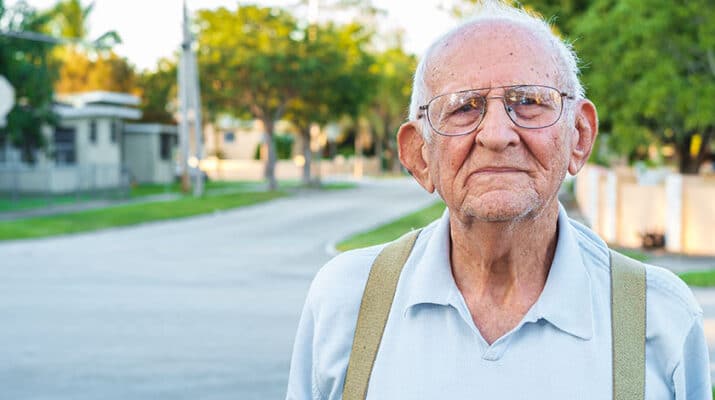For much of Oneida County, life expectancy is 78.36, compared to New York state as a whole, which is 80.50.
By Barbara Pierce
For the first time in the history of our country, we’re raising a generation of children who may live sicker and shorter lives than their parents.
Life expectancy in the U.S. dropped to its lowest level in 15 years during the first half of the coronavirus pandemic. It declined one year — it was 78.8 in 2019, now it’s 77.8. And probably will continue to decline before the pandemic is behind us.
It’s been going down for the past three years; then the virus sent it spiraling down. A surge in drug overdose deaths is a part of the reason for the decline, also.
In fact, for the past 60 years our life expectancy has dropped in comparison to other rich countries, even though we spend more on health care than any other country.
Life expectancy at birth for non-minority babies born today in the U.S. is 77.8 years. For males, 75.1, females 80.5, lower for Blacks and Hispanics.
But that number doesn’t tell the whole story. Genes, gender, lifestyles and luck all play an important part. A growing body of evidence suggests it may be where you live that has the most impact.
Not everyone in America has the same opportunities to be healthy. Researchers found that life expectancy estimates vary greatly from block to block. They found that the lives of some people are expected to be at least 20 years less than those in other neighborhoods, even if they’re just blocks away.
For example, Philadelphians in an affluent zip code live an average of 20 years longer than those who live four miles away in East Philadelphia, where the poverty rate is higher. In Chicago, the city with the largest disparity, life expectancy varied by up to 30 years from one zip code to another.
Google “life expectancy by zip code” to find life expectancy for where you live. For much of Oneida County, it is 78.36. For New York state as a whole it’s 80.50. Piermont, in Rockland County, one of the highest in our state, is 88.1.
Where you live directly affects your health in many ways, from exposure to air pollution and toxins to accessibility of healthy food, green space and medical care.
More important, ethnicity, income and education also affect life expectancy. The cities with the widest gaps in life expectancy, researchers found, were those that were most segregated, with predominantly minority neighborhoods facing obstacles—like poverty, high cost of housing, food insecurity, unemployment—that didn’t affect mostly white neighborhoods to the same degree.
Improving health and longevity starts with ensuring access to healthy food, good schools, affordable housing, and jobs, the things that keep us from getting sick.
Education plays an important role in determining future health — people with a graduate degree can expect to live at least 12 years longer than those with less than a high school education. People with more education are more likely to participate in healthy activities like exercising and seeing their doctor regularly, less likely to participate in unhealthy activities, such as smoking. Education also tends to lead to higher-paying jobs with health insurance.
Your income has an effect on your health. People with higher incomes tend to be healthier and live longer than people with low incomes. They’re more likely to live in safe neighborhoods with access to healthy foods, safe spaces for physical activities, and medical care. Their neighborhoods are free from violence, crime and pollution. A thriving neighborhood also offers employment, transportation, and good schools. Being surrounded by all of these things helps you live a healthier life.
How easy it is for you to access health care is a big determinant of your health. If you have health insurance, you’re more likely to visit your doctor on a regular basis, which can help you from developing a chronic disease. Not being able to get health care can have a huge impact on your health.
We have many agencies in the Mohawk Valley providing services that help level the planning field for those who need it.
Promoting better education for students is the mission of Connected Community Schools of Rome. “Our mission is to ensure that each and every student have their basic needs, in order for each student to be able to engage in their educational opportunity,” said Melissa Roys, executive director.
Needs are met using a system that engages organizations, business, and resources within the community to support the student and family.
“When students’ basic needs are met – such as food, housing, mental health resources, dental, clothing – their school performance greatly improves,” she said.
The YWCA Mohawk Valley provides support to families with advocacy, education, connection to services, and more, said communications specialist Allison Flanagan. “Our services are available 24/7, free-of-charge, and confidential.”

